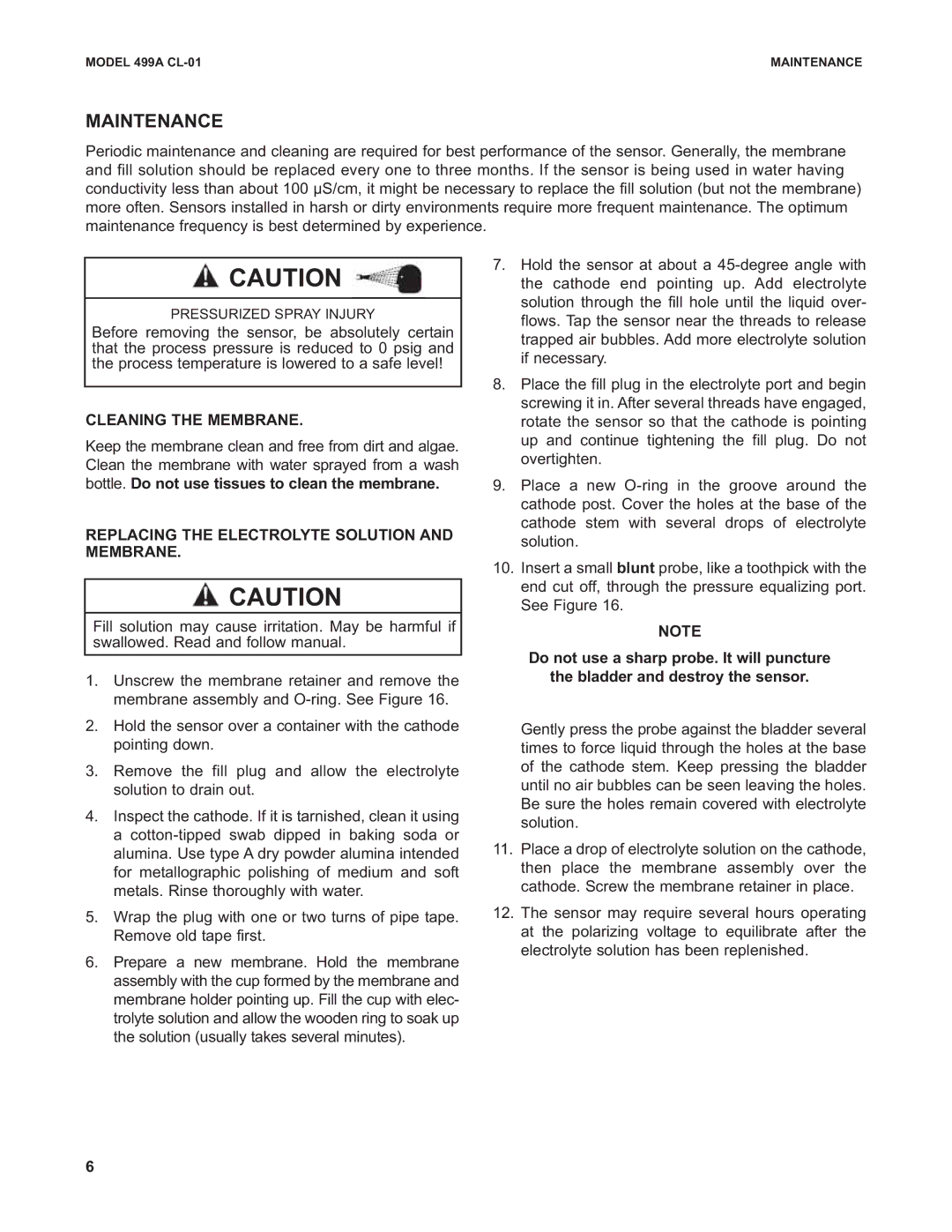PN 51A-499ACL01/rev.K specifications
The Emerson PN 51A-499ACL01/rev.K is a highly advanced and reliable control instrument tailored for industrial automation and process control applications. This device stands out due to its robust design and innovative technology, making it a prime choice for engineers seeking efficiency and precision in system management.One of the main features of the 51A-499ACL01/rev.K is its exceptional accuracy in measuring and controlling various parameters. With its advanced sensing technology, it can provide real-time data, allowing operators to monitor conditions closely and make informed decisions that enhance overall process efficiency. Its high-resolution display presents critical information clearly, ensuring that users can easily interpret data and respond promptly.
The device is equipped with multiple communication protocols, enabling it to integrate seamlessly into diverse control systems. This versatility is vital in contemporary manufacturing environments that rely on interoperability among different devices and platforms. The 51A-499ACL01/rev.K supports standard communication interfaces like MODBUS, Ethernet/IP, and others, facilitating smooth data exchange and system integration.
Another significant characteristic is its robust construction, designed to withstand harsh industrial conditions. The device features an IP-rated enclosure that ensures durability against dust and moisture, making it ideal for use in challenging environments. The temperature rating allows operation in a broad range of conditions, further enhancing its applicability across various industries.
In terms of energy efficiency, the Emerson 51A-499ACL01/rev.K employs innovative power management technology. It minimizes energy consumption while maintaining high performance, aligning with current trends toward sustainability in industrial operations. This focus on energy efficiency not only reduces operational costs but also supports corporate sustainability initiatives.
The user-friendly design of the 51A-499ACL01/rev.K enhances accessibility, featuring an intuitive interface that simplifies configuration and programming. This ergonomic approach helps minimize the learning curve for new users and boosts productivity by allowing quicker setups and adjustments.
In conclusion, the Emerson PN 51A-499ACL01/rev.K represents a significant advancement in control technology, combining precision, durability, and user-friendliness into a single instrument. Its comprehensive features and capabilities make it an ideal solution for industries looking to optimize their control systems and improve operational efficiency.

